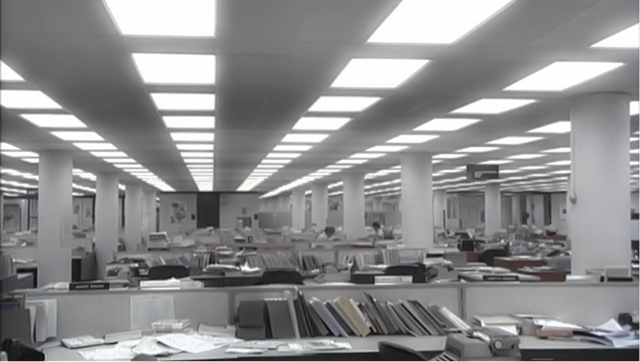Killer Pov: First-Person Camera and Sympathetic Identification in Modern Horror
DOI:
https://doi.org/10.17742/IMAGE.p70s.9.1.6Keywords:
horror, point-of-view, 70s, filmAbstract
Killer POV—a subjective camera without a reverse shot—is at the center of many of the most influential critical writings on modern horror. However, these discussions often start from the assumption that the camera’s point of view produces identification. This essay attempts to disengage our understanding of horror spectatorship from such models and to provide an alternative reading of killer POV that engages with the genre’s structures of looking/being looked at while remaining sensitive to what precisely is being communicated to viewers by these shots. Killer POV signals to the viewer the presence of a threat without displaying the monster/killer/bearer of the look onscreen. In addition to keeping the threat un-embodied (or only vaguely embodied) and unplaced, killer POV alerts the viewer to the films’ withholding of crucial diegetic information, both of which are essential to understanding the unique mode of spectatorship provoked by modern horror films.
Downloads
Published
How to Cite
Issue
Section
License

This work by https://journals.library.ualberta.ca/imaginations is licensed under a Creative Commons 4.0 International License although certain works referenced herein may be separately licensed, or the author has exercised their right to fair dealing under the Canadian Copyright Act.




